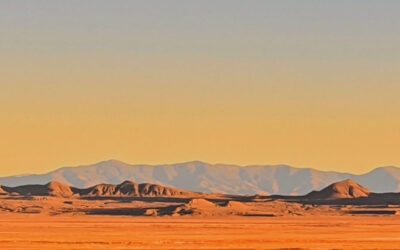DRI scientists partnered with the U.S. Geological Survey to produce a guidance document for incorporating publicly available data on historical and projected extreme weather events to aid with emergency planning exercises. The report, funded by the California Department of Water Resources, is available on DRI’s website.
New study shows robust increases in atmospheric thirst across much of U.S. during past 40 years
A new study showed substantial increases in atmospheric thirst across much of the Western U.S. during the past 40 years, with the largest and most robust increases in an area centered around the Rio Grande and Lower Colorado rivers.
DRI Research Professor Dr. Michael Dettinger Awarded 2021 Tyndall Lecture
DRI announced that research professor Michael Dettinger, Ph.D., has been selected by the American Geophysical Union (AGU) to give this year’s Tyndall Lecture at the Fall 2021 AGU meeting.
Michael Dettinger among 2018 class of AAAS lifetime fellows
RENO, Nev. (Nov. 28th, 2018) - Michael Dettinger, Ph.D., a leading climate researcher in Nevada, has been named a lifetime Fellow of the American Association for the Advancement of Science (AAAS) in honor of his remarkable achievements in advancing scientific...



